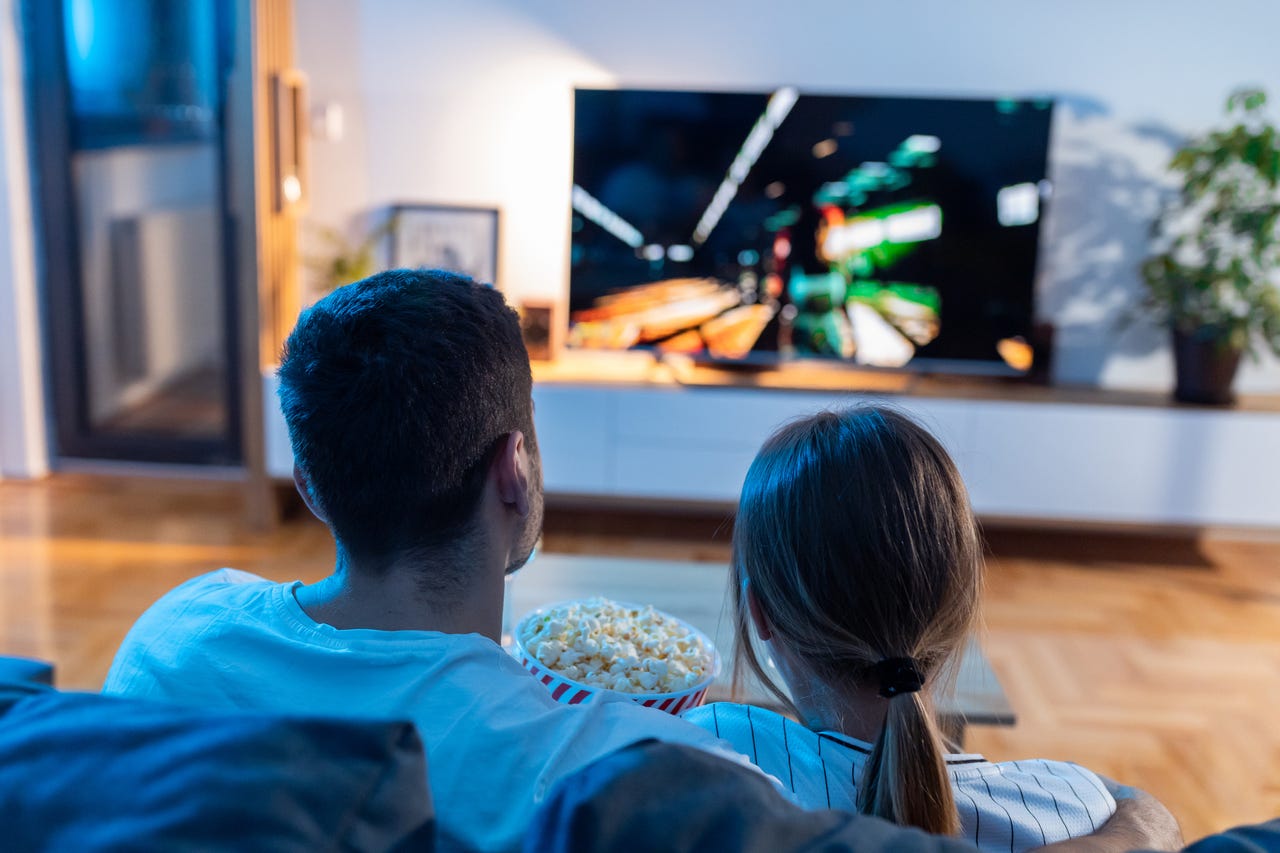3 ways to mirror an Android device to your TV

Your Android phone may have a decent size screen. But if you use it to watch videos, play games, or work with other apps, you may wish you had a much bigger screen to amp up the experience.
One way to achieve that is by mirroring your device to your TV.
This way you control the action from your phone but enjoy the full effect on your widescreen television.
There are several different ways to mirror your device to your TV depending on the features and capabilities of your phone and your television.
Also: How to transfer photos from your Android device to your Windows computer
Let’s check out three different options, so you can choose which one works best on your end.
3 ways to mirror an Android device to your TV
Many TVs come with a built-in screen mirroring feature. On the other end, your Android phone may have a specific setting to connect to a supported TV. On Samsung phones, this is called Smart View. In this case, mirroring a Samsung phone to a Samsung TV is the most compatible option. On other Android phones, this setting goes by a different name. The best way to find this is by swiping down from the top of the screen to display the Quick Settings menu and look for the appropriate casting or screen sharing option.
Position your Android device near your TV and then tap the Smart View setting on a Samsung phone or a similar setting on a different phone. You’ll go through a couple of setup screens and then see a list of nearby TVs that support screen mirroring. Tap the TV to which you want to connect and then select the Start button to connect and mirror your screen.
Mirror your Samsung phone with Smart View. Screenshot by Lance Whitney
Depending on the phone, a mirroring control should appear on the screen. On a Samsung phone, for example, Smart View displays a control that you tap to display a menu.
Also: How to screen mirror an iPhone to a Samsung TV
From this menu, you can cast a specific app full screen, pause Smart View, darken the screen, take a selfie video, or disconnect.
Open the app that you want to see and use on your TV. Position your phone in portrait or landscape mode.
Open the app you want to mirror. Screenshot by Lance Whitney
Your TV then displays the screen from your Android device. When done, tap the mirroring control to display the menu and then disconnect.
View your phone’s display on your TV. Screenshot by Lance Whitney
Use a Chromecast TV or device
If you have a Google TV with built-in Chromecast, you can directly mirror your Android device. If you have a different TV, you can still use Chromecast, but you’ll have to purchase a Chromecast device, which costs $30 for the HD 1080p version and $50 for the 4K flavor.
Assuming you’re not using a Google TV, connect the Chromecast device to your TV via the HDMI connection. Download and install the Google Home app on your Android phone if you don’t already have it.
Also: What are the best Samsung TVs and is OLED or QLED better?
Open the app and go through the introductory screens. At the screen for Create a home, tap the plus icon in the upper left corner. At the next screen, select the option for Create new home. Name the home and tap Continue.
Enter your home address if you wish. At your new Home screen, tap the plus icon to add your Chromecast device. At the next screen, tap the option for Set up device. At the Set up a device screen, tap the option for New device. Choose your home and tap Next.
At the screen for Allow Nearby Devices, tap Next. After the app finds your Chromecast device, tap Yes. Your Android device and TV both display the same code. Confirm the code on your phone. Next, agree to the legal terms. Indicate where the device is located in your home and tap Next. Customize the room name if you wish. Tap Continue.
At the next screen, select your home Wi-Fi network and then enter the Wi-Fi password. The app and your Chromecast device should then connect to your network. Finish the setup and allow any updates to be installed to your Chromecast. Your Chromecast device may also restart.
At the Google Home app’s main screen, tap the name of your device. At the bottom of the screen, tap the option for Cast my screen. A message pops up to explain about mirroring your device. Tap the option for Cast screen and then tap the Start now button.
Navigate to the app or screen on your phone that you want to mirror.
Open the app you want to mirror. Screenshot by Lance Whitney
The display should then appear on your TV. You can use your phone in portrait or landscape mode.
Also: The 7 best Android phones
When done, return to the Google Home app and tap the button for Stop mirroring.
View your phone’s screen on your TV. Screenshot by Lance Whitney
Use an adapter and cable
If you can’t successfully mirror your phone to your TV via a wireless option, there’s always the wired approach. For this, you’ll need an HDMI cable and a USB-C to HDMI adapter, which you can find at Amazon. Plug the USB-C end into your phone and then connect an HDMI cable between the adapter and your TV. After connecting the adapter and cable, the screen on your Android phone will automatically appear on your TV.
For all the latest Technology News Click Here
For the latest news and updates, follow us on Google News.
